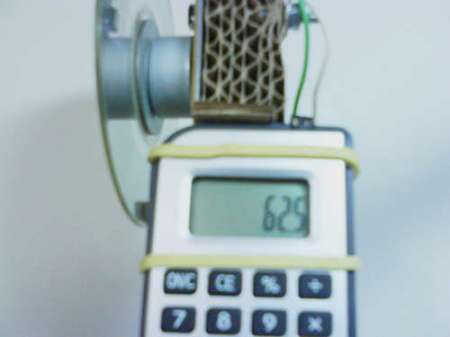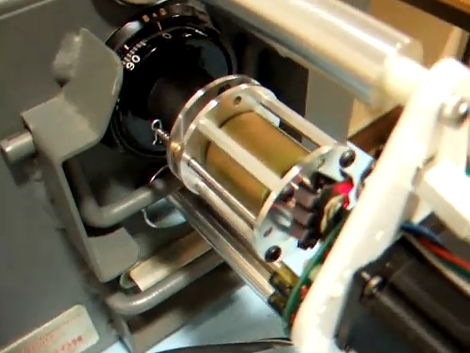
[Don’t stop the clock] is doing some work with a projector, a camera, and the Kinect. What he’s accomplished is quite impressive, combining the three to manipulate light with your body. The image above is a safer rendition of the Hadouken from the Street Fighter video games, throwing light across the room instead of fire. This comes at the end of the video after the break, but first he’ll show off the core features of the system. You can hold up your hand and wave it to turn it into a light source. In other words, the projector will shine light on your hand, moving it, and manipulating the intensity based on hand location in 3D space. Since the Kinect is sending fairly precise data back to the computer the projected image is trimmed to match your hand and arm without overflowing onto the rest of the room until you touch your hand to a surface you want illuminated or throw the light source with a flick or the wrist. It may seem trivial at first glance, but we find the alignment of the projector and the speed at which the image updates to be quite impressive.
Continue reading “Projector Tricks Make Use Of Kinect 3D Mapping”















